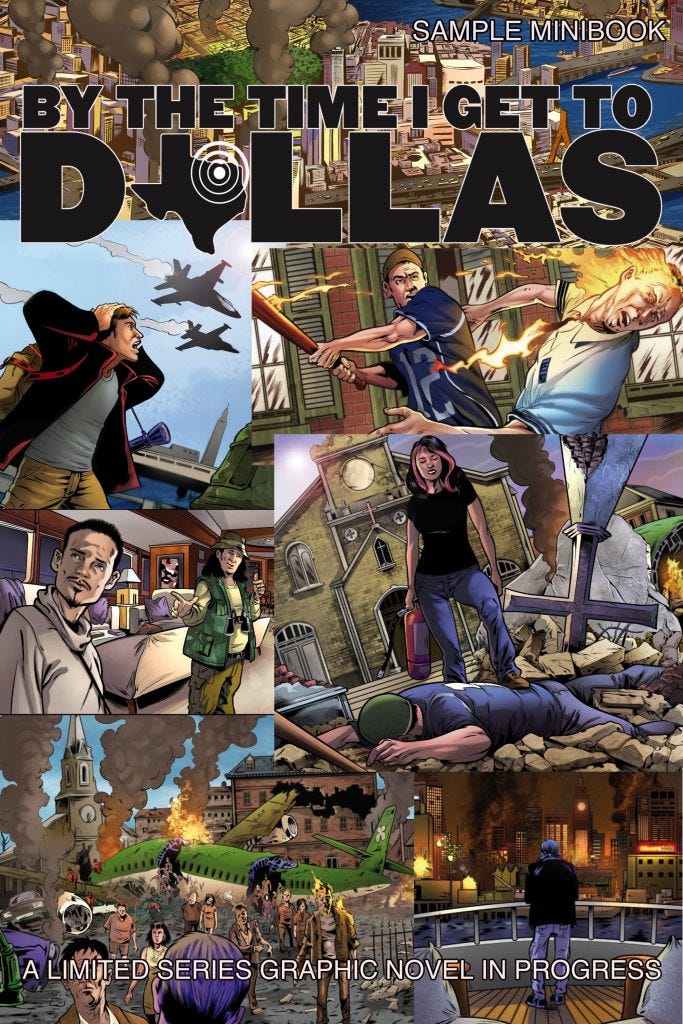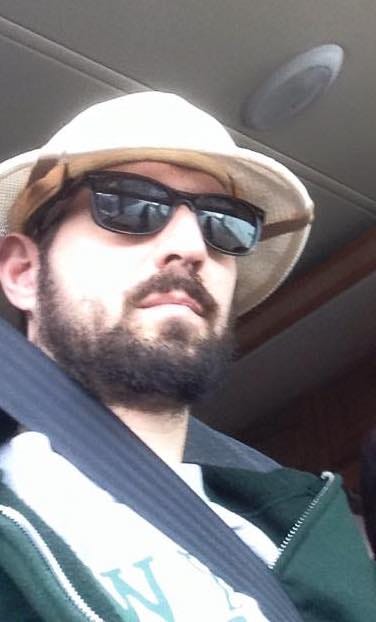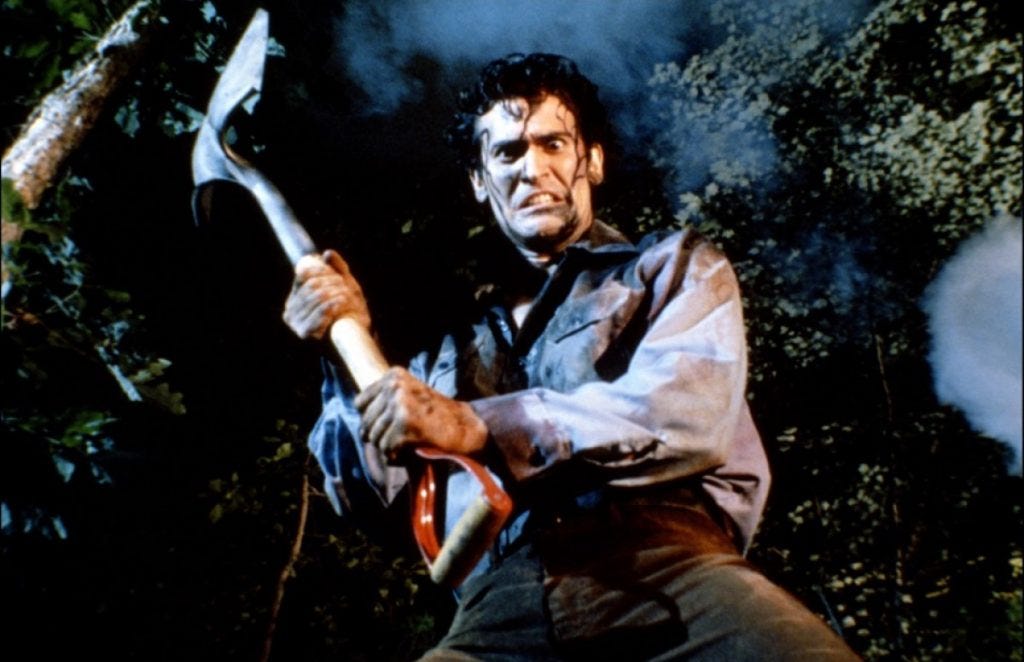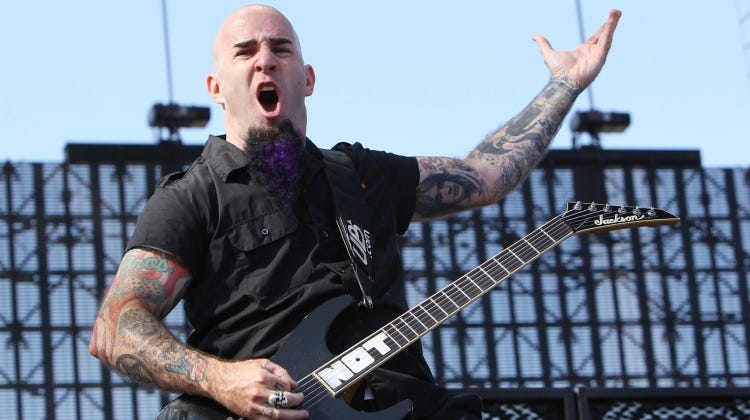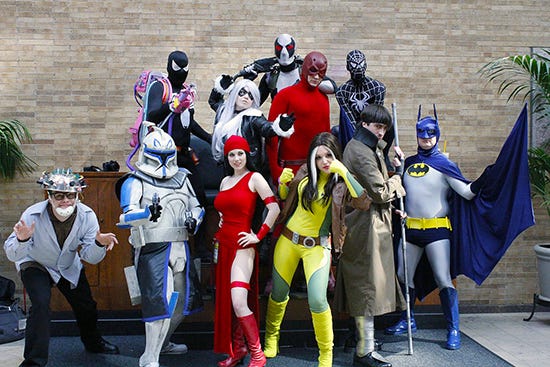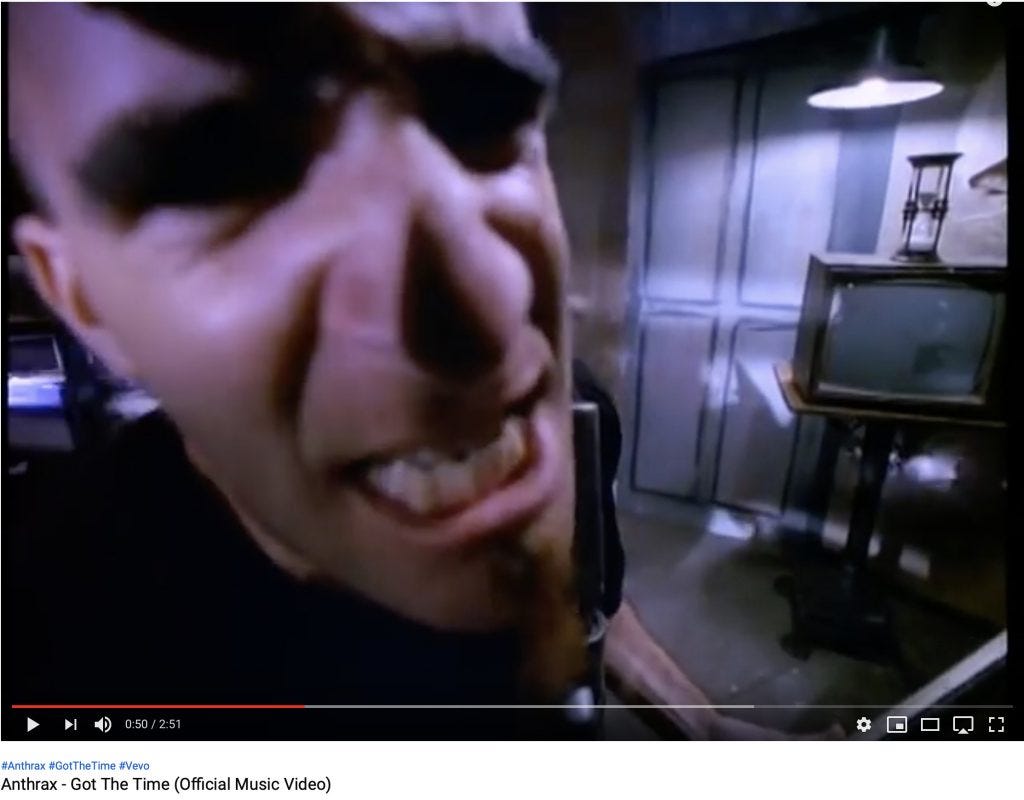Origin Story
How did an emergency doctor become a comic book writer? One mistake at a time. This thread of blogs stitched together recounts how Pitdoc Press and my comics came to be. My age and the number of years devoted to this project (a frequent theme) are no longer accurate, cause time has insisted on passing, but that just adds to the drama.
Every comic book hero (and villain) needs a good origin story. Here’s mine.
Part 1: Using midlife crisis for good!
July 22, 2018
First off let me thank you for signing on to hear updates from me about my graphic novel, By the Time I Get to Dallas. Many of you have already supported this project in ways large and small, and every bit of help and encouragement is enormous. This missive from my publishing entity, PitDocPress, will appear in your inbox every two weeks to entertain, inform and perhaps inspire as we go from a dream I had one night five years ago to a full-color printed graphic novel!
Start at the beginning. 1980. First grade, Green Hedges Elementary School, Vienna, VA. Exterior establishing shot of an intimate, single story clapboard school, a half dozen classrooms strung together in a meandering train from kindergarten on one end through to a modest library and meeting room on the other.
Medium shot, first graders march to the library for weekly assembly. There I am, tortoiseshell corrective lenses and a tan velour pullover, waiting for us to recite the pledge of allegiance. Tighter as I approach a sky blue wooden shelf holding books for the little kids. Close up on my fingers running along each book spine, feeling for the mysteries they contain.
Interior, our suburban living room. First grade me leaning on coffee table with markers and paper, drawing a story about my stuffed animal, Floppy the Dog. Scribble the hell out of this paper with blue brown and red. One page leads to two becomes four and eight. It is so perfectly clear what I am saying about Floppy. It should be so perfectly clear to EVERYONE.
Interior, first grade classroom. My marker stained hands hold the jumble of pages that is my first book, or it would be if Mrs. Munn would just help me bind it. Bind it with a cover like the other books on the blue shelf in the library. Bind it and put it there next to them. Please Mrs. Munn, it can’t be that hard to do. Make it a REAL book.
End scene.
Or don’t end scene. Thirty-eight years later I guess I’m still that same kid.
It’s time to make my book REAL…
Art: Juanfrancisco Moyano; Ink: Dario Marin; Color: Jay Moyano
Take that, Mrs. Munn!
This is not the Floppy the Dog story.–editor
Part 2: Summer camp, death, and my first comic book
August 2, 2018
Not what I planned to write about this week!
Last weekend I picked up my son Ezra up from sleepaway camp at Camp Shohola, in Greeley, Pennsylvania. I went there myself from 1984 to 1988, and it was my first time back in 30 years to this place I truly love. I sat down an hour ago to edit a post I’d already written when it hit me that the Camp Shohola infirmary was where I received my first comic book. Then a few more connections hit me and I had to start writing a whole new post.
It was my first year at camp, and the first week I was a bit homesick when I then got actual sick with a stomach bug (as a doctor, I’m supposed to call it gastroenteritis now.) The vector for this contagion was known to be John Denenberg. “Denenberg’s Got the Shits” was a hit song around camp before he’d even made it out of the bathroom. Lots of us got Denenberg’s shits.
So I was holed up in the infirmary with nothing to do but wait for the bathroom to be available, when my counselor Bob Gillespie arrived. Bob was in his forties, with burnt charcoal hair and leather skin from driving the waterski boat every day for 20-odd summers. He might as well have been hewn from the same boards that made up the Shohola cabins. A school teacher during the year and a dedicated Shohola man every summer, when I met him I knew that whatever challenges I was going to face there, Bob knew everything there was to know and would be looking out for all of us. It didn’t strike me as the least bit odd that Bob was a middle-aged summer camp counselor. He just fit into that place. When he retired from teaching he even moved to camp to live year round as the custodian. Bob just WAS summer camp.
I’m pretty sure Bob grabbed those books randomly off the wire rack at the Greeley convenience store, but he picked a real winner.
Bob was kind enough to bring two comics to help me pass the time in quarantine, and I still remember them exactly: GI Joe #29 and Swamp Thing #28. I had never really opened a comic book before. I can’t say I became a comic fan in that moment, but I was sure glad for the distraction. And that Swamp Thing story always stuck with me. It was foreboding, hallucinogenic (maybe that was the dehydration…) and deadly serious. It was nothing like what I thought comics were supposed to be. It sure as hell was no GI Joe pulp. In it the Swamp Thing dives to the bottom of a Louisiana swamp to pull up the skeleton of Alec Holland, the man whose fiery murder gave birth to the Swamp Thing itself. The cover image of Swamp Thing carrying his own skeleton to give it a proper burial is burned into my brain. It’s fantastic, it’s Shakespeare. It turns out that comic book is a modern classic, the beginning of writer Alan Moore’s seminal Swamp Thing run that helped establish a whole new era of comics as more than just kids stuff. It helped pave the way for a new Golden Age of comics and graphic novels: Frank Miller’s Dark Knight, Moore’s own Watchmen, Neil Gaiman’s Sandman, and more. Moore’s Swamp Thing helped make comics (sort of) respectable literature. I’m pretty sure Bob grabbed those books randomly off the wire rack at the Greeley convenience store, but he picked a real winner.
So last week things came full circle as Ezra gave me a tour around the hills and fields I remember so well. I felt at home, it was still the same place. Another Shohola lifer, Tom Gibson, is still there for his 61st summer. Not a typo. From Tom I learned that Bob died years ago from a brain tumor that he faced with nothing but optimism and grace. Tom even had a copy of the eulogy he read at Bob’s funeral, it’s stapled to a wall at the Wild Camp Shohola Radio studio (yes, the camp has its own radio station, because Tom Gibson is awesome.) In the eulogy Tom imagined a summer camp in heaven, with a staff being filled out one at a time with beautiful souls like Bob.
Ezra had a great time at camp. Tom got him started on radio announcing the very first day, and he played street hockey, sailed Sunfish, sang at campfire and did all the things I hoped he’d do there ever since we had a baby boy. And Bob, somehow I held onto that Swamp Thing #28 for all these years. It’s in a frame on my wall right now. Thank you. Ezra will be back next summer.
Part 3: Sabbatical, Ulysses, and the struggle for self actualization
August 17, 2018
Sabbatical. A mystical search for enlightenment. Donning a pith helmet, roughing it on the African savannah, logging your observations on meerkat copulation in a battered leather journal; blowing centuries of dust off ancient tomes in a secret Alexandrian library; licking hallucinogenic frogs with shamans in the Amazon; sipping sherry in a candlelit crypt while discussing the course of human history with shadowy figures who might be vampires. These are things I did not do on my sabbatical.
Why the hell am I making a comic book? I have to remind myself sometimes. It started with a sabbatical. That part at least sounds sort of cool.
In 2012 I was approaching forty and feeling bum rushed by middle age. I had gone through four years of medical school, three years of emergency medicine residency, and worked for seven years as an attending physician; not to mention Ethel and I had gotten married, bought a place and had two children. All good things of course, but adulthood had hit hard and my thirties were a blur. That’s when I learned my practice group offered a “sabbatical.” No one had ever done it, but theoretically after five years of service you could take unpaid time off for some sort of enrichment. Well hell, I needed some enrichment, sign me up!
With no real plan, I told my boss I’d like to take a sabbatical. It was vertigo inducing, but if you have the opportunity to make such an utterance I recommend it. She said, “Okay…I don’t know what that means, but okay.” We agreed on one month, a modest sabbatical but all I felt I could get away with.
What is an appropriate emergency medicine sabbatical? Seeking out ancient cures for ass pain?
Taking a month off without pay is not something I did lightly, but Ethel was supportive. Rather than go a month without a paycheck cold turkey, with some foresight I was able to prorate the salary loss over six months to lessen the pain. I chose March 2013, a nice boring month when no one at work would miss me. But as 2012 wound down and I hit the big 4-0 I still didn’t know what I would actually do.
What is an appropriate emergency medicine sabbatical? Seeking out ancient cures for ass pain? No, I what I needed was a break from medicine. But with Ethel working, two kids in school, and already taking a significant budget hit, I didn’t think I could travel. No meerkats or ancient crypts for me. And let’s face it, I’m a coward. I needed something creative I could do at home, maybe writing or intensive music lessons. I’d always fancied myself as someone who would be a writer if only he had the time and willingness to write. I’ve written short stories and creative nonfiction in drips and drabs since high school, and that seemed like a good format to tackle with a month. My experience in medicine had provided a ton of material and was the obvious topic to write about, but I wanted NOT to be a doctor for a month—the last thing I wanted to do was write about medicine.
I confessed that I wanted to be a “real writer,” so I guess I should write some short stories about being a doctor.
Ulysses said, “But that’s so sad.”
Luckily, around this time I met an inspiring chap I’ll call Ulysses. Our kids go to school together, he lives two blocks away, and on our first meeting he mentioned he was a poet. I’m sure I have friends who write poems, but this is the only one who refers to himself as a poet. Indeed, he has a masters in poetry and is published in poetry journals, but more important, he wakes up at 5:30 each morning, pounds a Red Bull, does a few push ups, and writes for an hour before his kids wake up. He’s been doing it for years and has stacks of filled notebooks to show for it. This dedication is what makes him a writer. Not a wannabe but the real thing. Ulysses needs a code name because he has a writing project that will take over the world and before that happens I can’t reveal his identity. Ulysses thinks big.
Ulysses and I began a semi-regular drinking session where we took turns talking about our dream projects, the things we would like to learn, the ways we could “self-actualize” in our remaining decades on this planet in order to become the ultimate versions of ourselves. (Ultimate Colin: doctor, musician, writer, architect, ninja.) I thought we invented self-actualization but Ethel informs me that no, dumbass, it is a well known self-help concept. I think maybe Ulysses and I developed it independently of that but I can’t prove it. In our sessions I spitballed ideas about my sabbatical. I confessed that I wanted to be a “real writer,” so I guessed I should write some short stories about being a doctor since that is what I know.
“But that’s so sad.”
He was right. I was looking for a quick path to writing respectability but with no conviction.
Well…I do have this one idea that came to me in a dream. I think it could make a good comic book…
Ulysses clapped his hands. “That’s what you should do.”
Part 4: Writing down a dream leads to a lot more work
September 16, 2018
It was March 3, 2011.
I woke up from a dream at 4 am. In the dream a guy who is sort of me is raking leaves on a suburban street, as are his neighbors all down the block. One by one the neighbors drop their rakes and walk away, all in the same direction, without a word. Sort-of-Colin is left looking at them as they leave, wondering where they’re going, then looks back at his leaf pile that now seems unimportant.
It left me feeling unsettled. Where were they all going? The scene was unusually clear and coherent for a dream after waking so I got up to write about it. It came out like this:
When the apocalypse came the zombies weren’t so bad after all. They didn’t want to eat our brains. They just wanted to get to Dallas. Really badly.
No one knows why they’re going to Dallas. Reports from non-zombs in the area are sketchy. We call it the Dallas Convention, but the agenda is anyone’s guess.
When you get “invited” you hardly notice it. You don’t become wild eyed, green skinned, and froth at the mouth. You just start to think about picking up and moving to Dallas, Texas. Not quite, Dallas, actually, more specifically, a spot just west of it. More specifically, LATITUDE?LONGITUDE. That exact spot is where you want go. So, so badly. Like, walk until your shoes fall off, and your feet.
How long it takes for the “virus” to take hold is variable. For some it is dramatic. The Jumpers caused a stir in the beginning. Jumpers were an unfortunate subset that got full-on infected while on airplanes. In flight. In their zombie logic, the quickest way to get to Dallas, if you happen to be flying five miles high over anywhere in the Midwestern United States, is to go straight down. By pulling the emergency exit door off the plane and jumping [can this happen? NO IT CAN’T]. Or busting into the cockpit and commandeering the plane. Post 9/11, that kind of behavior is harder to get away with. It didn’t take long before airline travel was suspended.
While American zombies have it rough, zombies everywhere else have it infinitely worse. As most international zombies have discovered, Dallas is on a continent surrounded by oceans. This poses a logistical problem for European, African, and Asian zombies. Some of the early ones made a flight or cruise in conventional comfort. Zombies aren’t all heathens, some of the early ones booked hotel rooms. But as more and more zombies started migrating things broke down fast.
Zombies appropriated airplanes and tried their best to fly them. Several of the more accomplished zombie pilots actually made it to the US in various aircraft, including airliners, even a Concorde. The Air Force shot down many, when the military was still a thing. But a few of these zombie planes managed to land on runways, highways, cornfields and lakes in various state of intactness. Within the zombie community, Landers are the shit.
Pirate zombies are the ones with access to a boat. It took several big boat hijackings before officially sanctioned transoceanic travel was halted. But Pirates aren’t choosy, anything might do: dinghies, fishing boats, Carnival cruiseliners, Navy destroyers. Quite a few had the skill and tenacity to make it to American shores. The Coast Guard found itself busy fending off an amphibious invasion off the US coastline. You figure at first the Coast Guard dudes were psyched to blow shit up. Those little turrets on Coast Guard cutters? They actually work, at least until the ammo runs out. But plenty of Pirates made it. Though not as rare as the Landers, Pirates still totally kick ass.
For those without boats, there is swimming. There is no more desperate zombie than a swimming zombie. Briefly known as Swimmers, they quickly become Floaters. Floaters are so far the most gruesome problem caused by the Convention, unless you’re a shark. A quick look at the numbers:
7 billion people in the world.
1 billion live in North and South America.
6 billion live everywhere else.
Current estimated infection rate: 80% = 4.8 billion zombies trying to get to Dallas.
Percentage of world population living within 100 km of an ocean = 40%
2 billion zombies with a good chance to get to an ocean
2 billion Swimmers.
Very few of them make it.
QED: 2 billion Floaters.
I try not to think about the oceans. The further away you stay from the coast the better.
Zombies are not inherently violent, provided you don’t detain them from getting to Dallas. But if they were violent as prezombies, then as zombies their behavior is sure to be worse. This makes the US-Mexico border a particularly tense location. Recipe:
[Mexico (drug gangs + police + military) + US (Border Patrol + National Guard + anti-immigrant militia types) x large number of firearms x cocaine] x 0.8 zombie conversion = Boom!
The really strange zombies are the Planners. There are still a few of them around. They’re thinking about the trip to Dallas but haven’t left yet. I feel for these folks. Take Rick Ramos. He lives three blocks from here in Somerville, used to own a landscaping company, a nice guy. He’s been a zombie now for almost a month. We know it, and he probably suspects it too. (Early in the zombification process, it seem zombies have about as much insight as your average non-zombie, which is to say, it all depends.) We’ve seen him pack his car and then unpack it three times. He walks around the neighborhood, occasionally stopping and gazing south. He’ll talk to you about how Dallas seems great, he’s always wanted to go there. He seems sad and a little defensive about it. Sooner or later he’ll stop talking to us and leave for Dallas. Maybe we should shoot him.
We don’t know how the Convention is spread, what it is, or even if it spreads at all. Maybe it’s already in all of us. For a while we tried to hole up in houses, fall out shelters, Walmarts. People duct taped the hell out of everything, sat there with guns and water bottles to wait things out. But then you turn around and the folks next to you are pulling down the duct tape to get OUT. Soon we gave up quarantining, it was too much work.
What started the zombie apocalypse is also a mystery. There are theories: A virus. Microwaves from a solar flare. Mass hallucination caused by a byproduct in plastic water bottles. Maybe it was something Oprah said. Everyone has a theory, and we’d love to figure it out, but there’s just too much else to do.
Over the next year I occasionally added bit and pieces to this treatment, coming up with about twenty pages of random thoughts about this world. I didn’t know what it was but it was fun to work on–I liked the narrator’s voice and the simple premise. I thought it would be fun to investigate how society tries to cope and maintain normalcy as more and more of the population just walks away. After my decision to take a sabbatical from work I started considering this story more seriously. I wanted to make an actual finished product. Could it be a fictional sci-fi horror memoir? Just kidding, I didn’t have that thought, I just made those words up—obviously that is what I should have done. A screenplay? The odds of getting a movie made are infinitesimal. It could be good material for a comic book… Comic books are easier to make than movies, right? I don’t draw but after I write an awesome script maybe I could hire some starving art student at RISD to do it for cheap. And if you call it a graphic novel it sounds respectable!
What are comics like these days? I’d actually delved back in a bit after being away from them for decades. I heard about a DC Comics relaunch, the New 52, in 2011, and my weekly routine brought me by the New England Comics shop in Malden a couple times a week. I started picking up a selection of books and sharing The Justice League and Aquaman with my son Ezra, a precocious 4 at the time. From there I got back into The X-Men and Daredevil, favorites from my junior high days. But soon most of the superhero books weren’t holding my interest. What else was there?The Walking Dead TV show was taking off at the time. I watched the first season and learned it was based on a popular indie comic by Robert Kirkman and Tony Moore. I picked up the first few volumes; it was well structured drama in gritty black and white with plenty of pulpy hack and slash. Awfully self-serious though. And it was plain old zombies. I wasn’t interested in using the usual zombie trope. I delved further into the indie comics shelves and found more inspiration: Ex Machina, The Massive, Great Pacific, the 80’s classic Winterworld. I was starting to find a class of stories mine might fit under: speculative fiction, grounded sci-fi. Those things sound cool!
I showed the Dallas treatment to Ethel and it made her laugh, and my writer buddy Ulysses liked the idea, though he was fairly drunk at the time. I didn’t have any other great irons in the creative fire, so as my one month sabbatical approached I laid out a plan:
Learn how to write stories.
Learn how how to make comics.
Make a graphic novel—whatever that is.
It was a plan in fairly broad strokes.
Part 5: The continuing story of a quack who’s gone to the dogs…
October 29, 2018
…or the cats, actually. I’ll explain. When we last left our midlife crisis-ing hero (me) it was 2013 and I was preparing for a one month sabbatical to start writing a graphic novel based on a dream I had about the whole world migrating to Dallas. Here was the plan:
Learn how to write stories
Learn how to write a comic book
Make a graphic novel—whatever that is.
So this is what I did.
Learn How to Write Stories.
The creative writing I had done over the years was creative non-fiction and memoir; the whole point seemed to be leaving your soul on the page as painfully as possible. I’d never thought about things like character and plot. I’d need those, right? I found some comics how-to guides but they didn’t focus on story structure like I needed. Then I came across the Save the Cat screenwriting guide by Blake Snyder. I wasn’t writing a screenplay but the basic idea seemed the same, visual story telling with a beginning, middle and end. Plus I figured if I made the comic with a movie structure it could get made as a movie later with less rewriting and I could make millions and retire. Snyder’s premise is that every (watchable) movie ever made follows the same three act, fifteen “beat” structure while falling into one of a few simple story categories (e.g., The Fool Triumphant, Buddy Love). Making that formula explicit lets you frame and build your story. Snyder’s book makes the process feel an awful lot like painting by numbers. I’ve been afraid to ask my respectable movie making friends (Judd Trichter, Nelson Kim, Mike Sablone, Greg Berger please discuss) but my sense is the Snyder structure is derided but grudgingly accepted as providing a common language most screenwriters (and wannabes) are fluent in. Whatever, I didn’t have time to get a degree, I just needed it quick and dirty. But even with what seems like a simple formula, your story doesn’t magically write itself, and whether it is good or awful is still up to you. After a few pages of Save the Cat I was confronted with a simple fact of my Dallas story: there was no story. At all. Just a neat premise and an undefined narrator writing to an undefined audience about something that had already happened. No characters, no arcs, no movement, no conflict. Shitballs.
Our Story Begins
I would need to have our narrator step away from his diary and move through this world of the Dallas migration. We needed to see the things he was writing about. He needed a quest. I was drawn to the Golden Fleece story type, where our protagonist goes on a quest for one thing while achieving a deeper transformation. Star Wars, The Matrix, Lord of the Rings, etc. I inherently know that structure, we all do. Story type, check.
But who was this narrator? The whole point of the Golden Fleece structure, and any story really, is the protagonist must change from beginning to end, and change as much a possible. Who was this guy and what was his arc?
Driving to early morning emergency shifts I would muse on these things and then write down my thoughts in the parking lot. That’s when it hit me who my protagonist was—a medical student. On the path of whatever he was doing on his Dallas quest, his true journey would be to become a doctor; not just learning medical skills but learning how to care for patients. That was an arc I knew, I have special knowledge about that journey. But to make a wide arc he’d have to start out as flawed as possible while still likable enough to let us care about him. I’d make him a self-centered gunner of a medical student who went into medicine for the glory, the prestige, and some other darker reason, but has never gotten the message that the important thing is to care for your patients. I was thinking about an antihero like Ash from Evil Dead, a jerk who manages to stay on your good side thanks to snappy one-liners and a big chin; he’d be a screw up who slowly, painfully figures out how to be a better doctor while the world falls apart around him. Maybe by the time he figures it out there is no one left to save. That would be his journey.
Goddammit, looks like I would be spending my sabbatical writing about medicine after all. But at least I didn’t know of any other apocalyptic medical coming-of-age stories out there already (if you know one, please don’t tell me about it.) Now I had a basic story structure and a protagonist with an arc. It wasn’t much but those were things I didn’t even know about before! Just in time to quit work and sit in my basement for a month with a blank notepad…
Part 6: The Anthrax guitarist killed my comics career and cost me a year of my life!
April 10, 2019
It was 2015, I had been working for 18 months on my first comic book. I’d gotten an in with a major publisher, IDW; my artists had worked for them before but I was an unknown quantity. Chris Ryall, IDW editor-in-chief, was coming to Boston ComicCon so I packed the sample books and set off to nerd central for two days of learning to pitch and maybe buying some action figures.
I was sensitive about my comic story, not sure how to sell it; it was’t REALLY a zombie story, but with a quick perusal one might mistake it for a zombie story, and zombie stories were very hot at that point, and if you like zombie stories then by all means please consider it a zombie story, but if you don’t, that’s cool because it isn’t about zombies. I had tied myself up in knots, but above all I didn’t want to use the word “zombie” in my elevator pitch.
Once on the convention floor I spent a few hours introducing the book to indie creators, working on my pitch, avoiding the word zombie, fighting down nausea. Through it all I was eyeing the fancy IDW table surrounded by a throng of fans stretching down the aisle, waiting for…what? For Scott Ian, the Anthrax guitarist signing his autobiography, published by IDW. Seated next to the speed metal god was Chris Ryall, hanging and laughing it up with by far the coolest person in the building. Between me and Ryall were Ian, a line of 40 dudes in metal shirts, and a table fortified by a wall of Ian’s book. Finally there was a break in the crowd, Ian turned his head to eat a bat or something, and I saw my opening. I reached my book out to Ryall, “Hey I’m Colin, I think you’ve heard about By the Time I Get to Dallas, it’s a book about zombies trying to get Dallas—well, they aren’t actually zombies, but…” Chris’s eyes wandered off. He looked down at my book. “Yeah, the art is great, I’d love to work with these guys again…” Left unsaid was THESE guys might not include THIS guy.
Despite messing my shoes during my in-person pitch, the book was considered by IDW’s editorial review board, but I hear they didn’t want to go with a “zombie story.” None of this should have been a surprise—breaking in to the business like that is pretty much unheard of. But it wasn’t getting rejected that hurt the most, it was losing my faith in the story itself. It took a year before I could think about the book again. When I did, I saw I didn’t know quite what my story was. Selling a thing you don’t understand SHOULD be uncomfortable. Listen to the nausea and step back until you know where it’s coming from. I broke down the story, tore away a lot of my favorite writing, banished all use of the word zombie, and made it MY story. And as much as I wanted to hate him, Scott Ian is really cool—check out their cover of Joe Jackson’s “Got the Time”…


